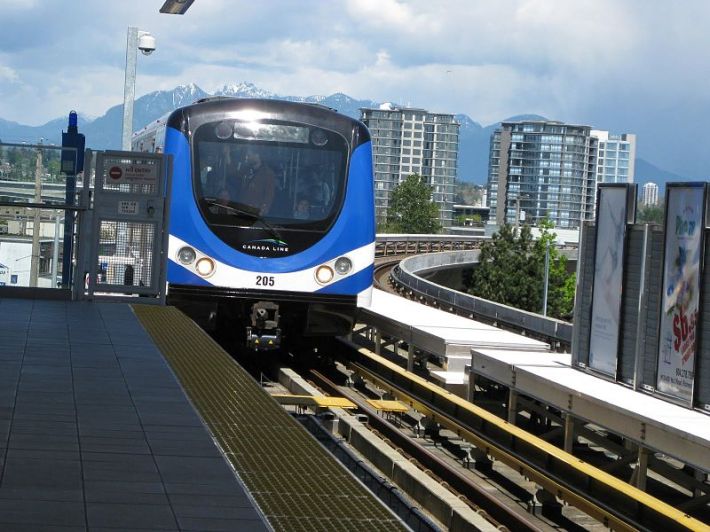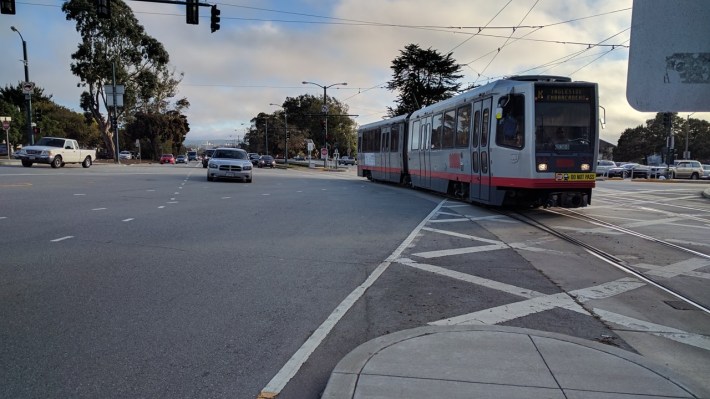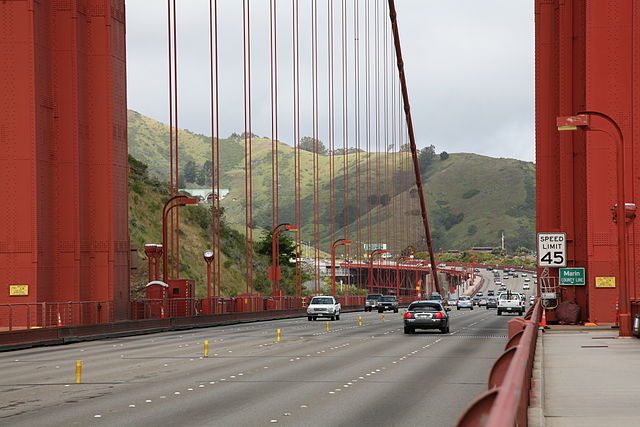The Marin Independent Journal's Dick Spotswood made it clear in his column today that he doesn't support Senate Bill 35 by Senator Scott Wiener, D-San Francisco, because it could bring denser housing to Marin's towns and cities.
From his column:
S.B. 35 uses an entirely different geographical term to define communities subject to fast-track, by-right rules fostering high-density housing. Instead of applying the rules to “urban” communities, Wiener’s criteria is that if even a village is an “urban cluster,” then rules encouraging big-time development without pesky environmental review are applied.
He goes on to write that:
High-rise condos and apartments belong in job centers like San Francisco with comprehensive public transit networks. To see a model city providing high-density housing, much transit and high quality of life, visit Vancouver, British Columbia.

So what does Scott Wiener have to say about Spotswood's interpretation? "First of all, the article is misleading because it implies that S.B. 35 changes the zoning in Marin County," he wrote in an email to Streetsblog. "To be clear, S.B. 35 does not impact zoning. S.B. 35 creates a streamlined approval process for housing projects that are *within zoning* in cities that are not creating their share of housing. So the basic attack leveling hypocrisy against me regarding zoning is ill-founded and ill-informed."
Tom Radulovich, Executive Director of Livable City, in an email to Streetsblog, also took exception to the column, especially Spotswood's apparent belief that "urban" automatically equals "high rise."
"Vancouver’s high-rise neighborhoods are one model of an urban neighborhood, but not the only one," he wrote. "'Urban' places might include high rises, but in many places, and throughout most of history, urban places have been low-rise or mid-rise. Central Paris, SF’s Mission and Chinatown, or New York’s West Village are urban neighborhoods, even though most buildings are not high rise."
Radulovich also wrote that Spotswood "seems to be arguing that it’s somehow unfair for his precious county to be expected to build so much as a townhouse or duplex until after San Francisco is uniformly covered in high-rise towers. In other words, Marin can't be expected to do anything until San Francisco gets absolutely everything ‘right’."
San Francisco's transit and housing advocates conceded one of Spotswood's points: that San Francisco needs to do much better at building housing along transit infrastructure. Spotswood specifically calls out St. Francis Circle, served by the M-Ocean View and K-Ingleside trains, the Taraval corridor, and a few others.

He also could have mentioned West Portal, with its height restrictions and single-family zoning. Even Wiener conceded the point. "When it comes to addressing zoning disparities in our cities, there is a conversation to be had there. When I was a member of the San Francisco Board of Supervisors, I significantly upzoned the Upper Market corridor in my district, which runs along the Market Street subway line. And there are talks happening in San Francisco about changing zoning in areas that are transit hubs. This is good and I’m happy to be a part of those conversations that are being led locally."
"Many parts of the city still have absurd zoning rules, like the two-story limit on West Portal Avenue, that we ought to revisit. West Portal has been a transit-oriented commercial district for nearly a century, and is served by several streetcar and bus lines. It has several handsome pre-WWII residential or mixed-use buildings of three to five stories which couldn’t be built under today's zoning rules," said Radulovich.
Still, advocates found Spotswood's column incongruous, given the conspicuous lack of density around Marin's transit hubs.
"San Francisco should not be alone in having a frank discussion about zoning," said Wiener. "I’m happy to see Mr. Spotswood’s vociferous support for upzoning in transit-rich areas. I assume that means that he will be pushing to significantly upzone the areas around the Larkspur Ferry Landing and all the new stations of the SMART train as it begins operations. If he needs my help to push for those zoning increases, I’m happy to help him do so."







